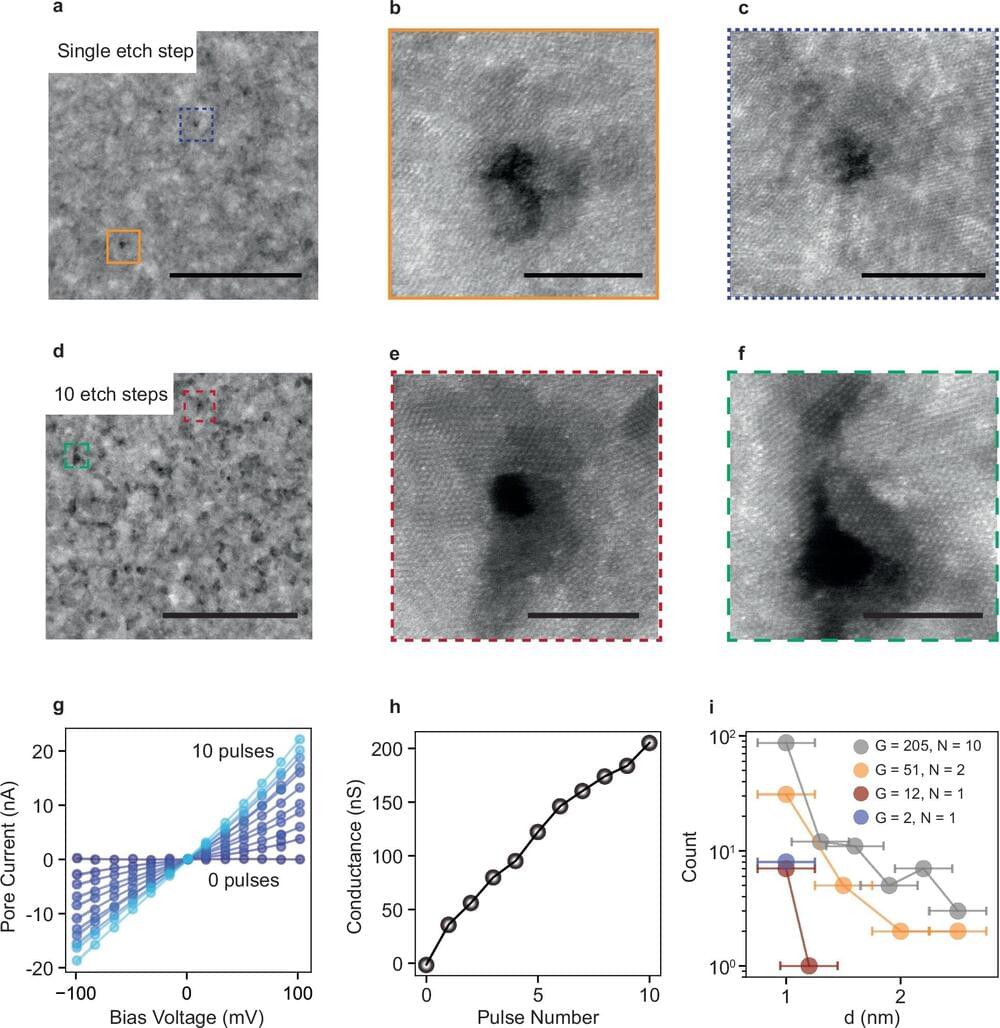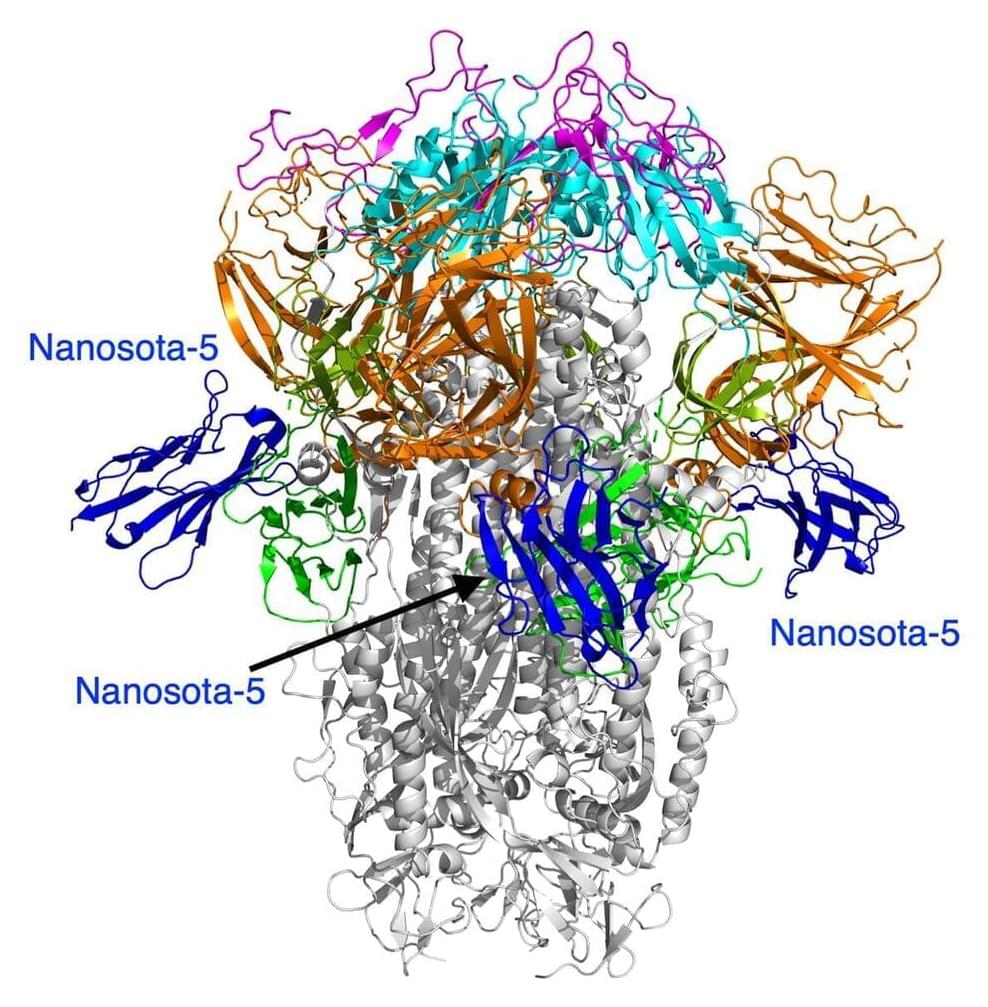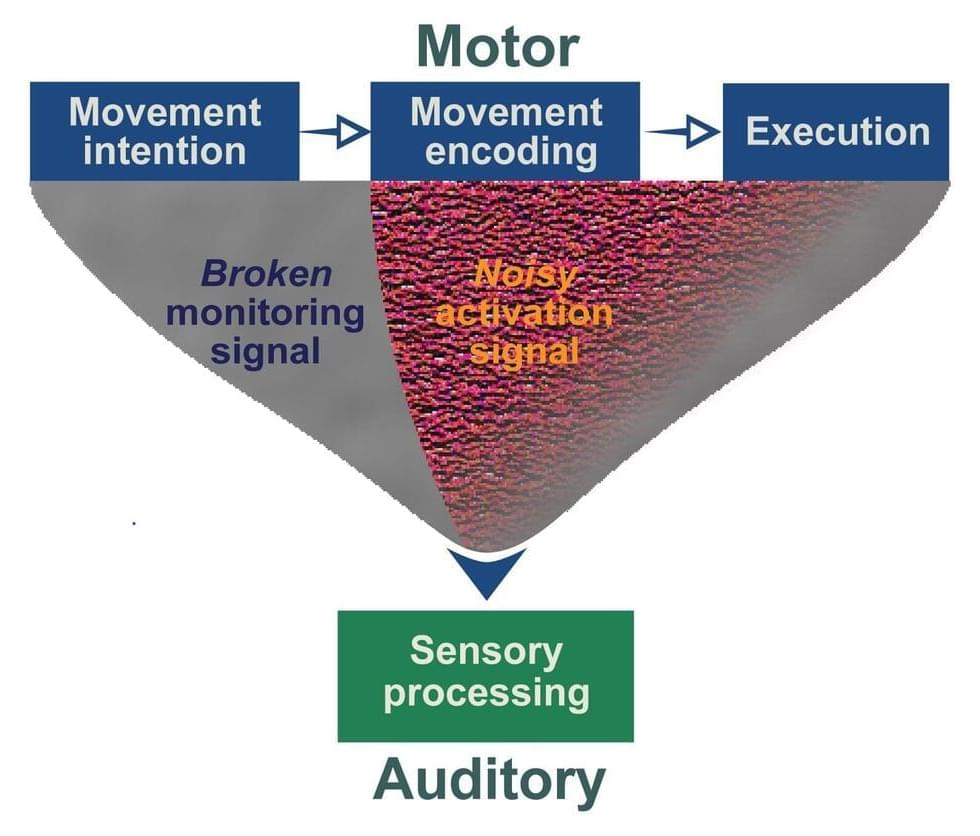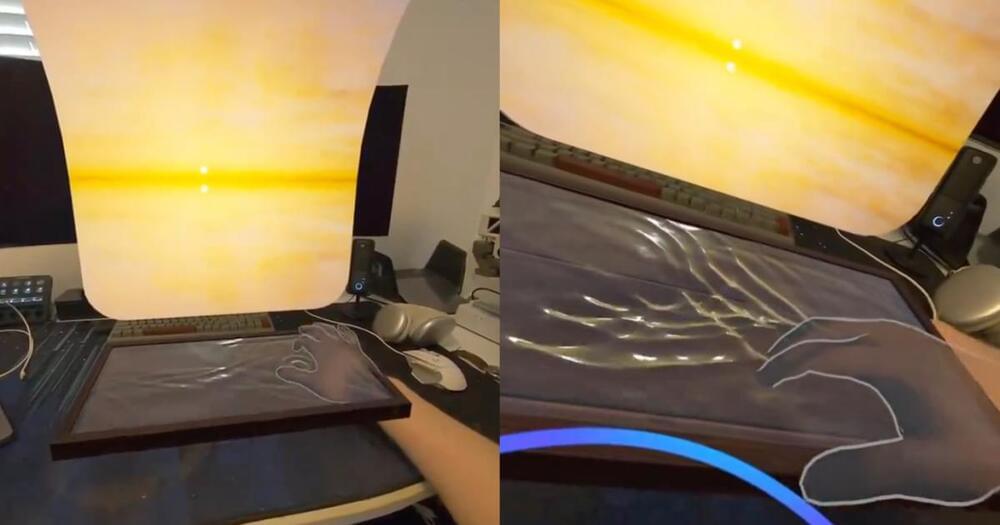Oct 4, 2024
Linus Pauling Was Right: Scientists Confirm Century-Old Electron Bonding Theory
Posted by Genevieve Klien in categories: chemistry, particle physics
A breakthrough study has validated the existence of a stable single-electron covalent bond between two carbon atoms, supporting Linus Pauling’s early 20th-century theory and opening avenues for chemical research.
Covalent bonds, in which two atoms share a pair of electrons, form the foundation of most organic compounds. In 1931, the Nobel Laureate Linus Pauling suggested that covalent bonds made from just a single, unpaired electron could exist, but these single-electron bonds would likely be much weaker than a standard covalent bond involving a pair of electrons.
Since then, single-electron bonds have been observed, but never in carbon or hydrogen. The search for one-electron bonds shared between carbon atoms has stymied scientists.


















